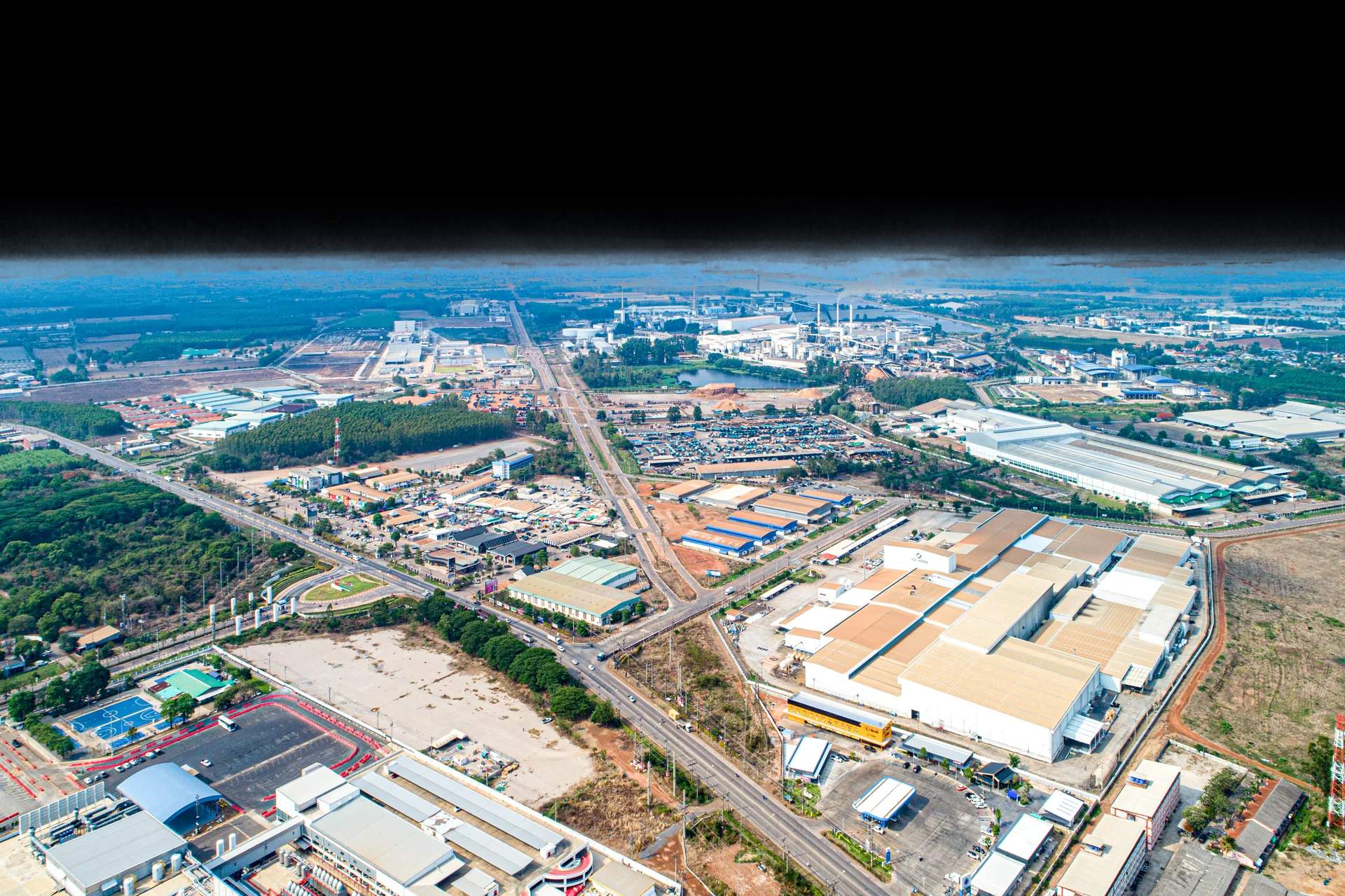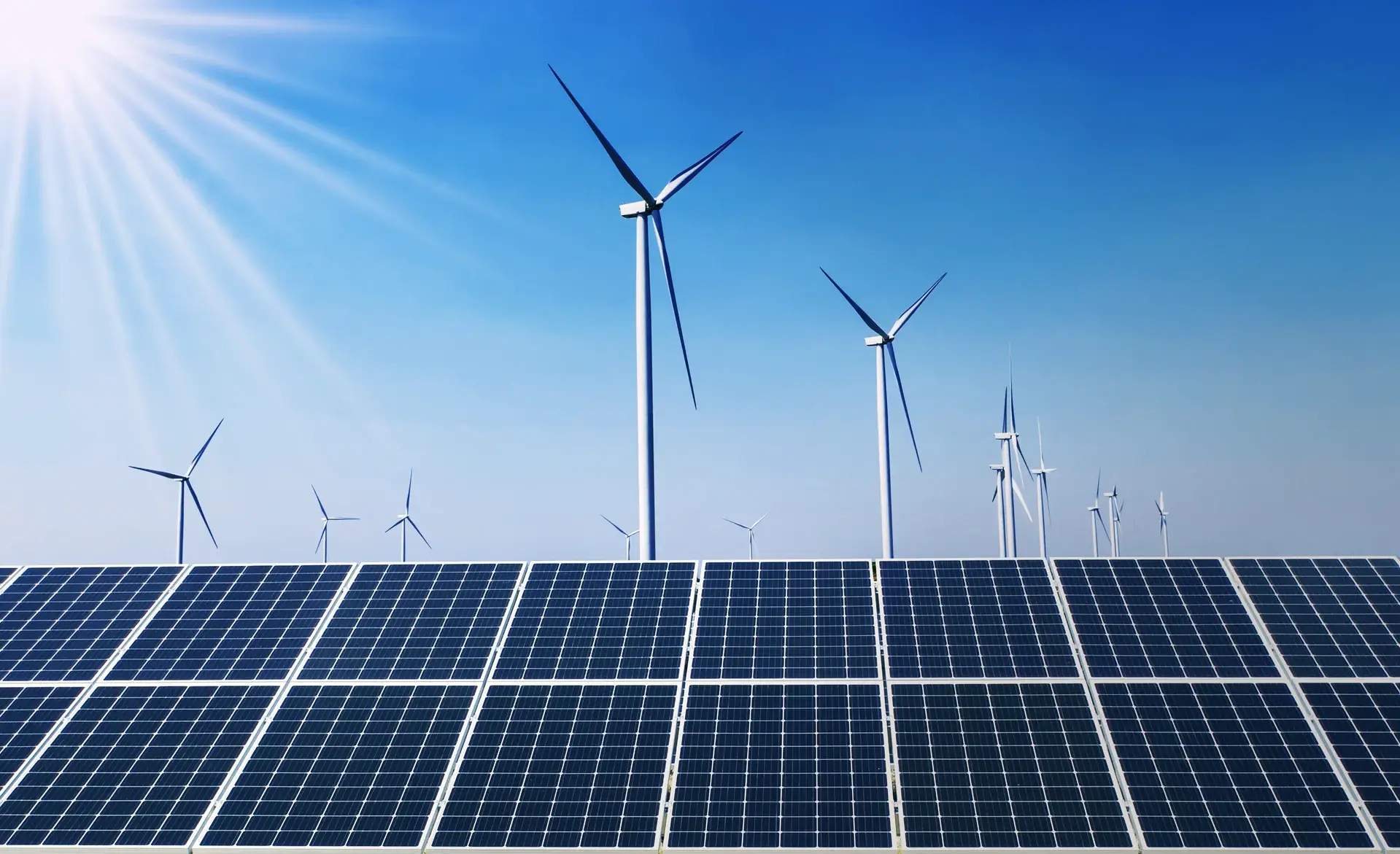Analyzing the competitiveness after COVID-19 and adjusting to a new business model to survive.

The crisis caused by Covid-19 sent a ripple of impact to the economy in a wide circle, bringing forward many changes, particularly in the business sector where they were required to downsize in order to adapt and survive under the current situations and prepare for more changes that are coming in the future. Many businesses were forced to shut down as they did not have sufficient reserve and therefore were unable to bear the costs. The ones that survived could be due to the fact that they are experienced in handling the economic crisis or that they have adapted their businesses to be in line with the time of the "new normal" by offering door-to-door delivery service and cutting unnecessary costs such as cost of building a new factory. They have instead rented a factory space at industrial parks or a ready-made factory which they can immediately begin their business operations. This is a major contribution to cost reduction in investment capital. Let’s not forget that the cost of building a factory with its facilities today is quite high. It is better to start a new compact-sized business focusing on technology to produce quality products rather than spending hundreds of millions of baht to build a new factory.
Key factors that lead to business shifts
It is unpredictable when the economic condition will be revived as long as the epidemic has not subsided. People continue to lead their life being paranoid and only spend for what is necessary. Since we do not know when the situation will return to what it used to be, online sales and related technologies are the key factors to help with business shifts. Many entrepreneurs created new channels for the consumers to access their products or service through online channel and social media. Choosing an industrial estate location that is closer to the market in order to improve the transportation system to become fast and reliable can help to turn a crisis into an opportunity. Consumers will have the trust to become a loyal customer who returns to use the service again, contributing to the ability to generate constant income, although not as much as previously, but enough to sustain the business and continue to survive.
Restaurants, retail, banking and tourism are the four businesses immensely affected by the crisis. This is a catalyst to the change in consumers’ behavior. We have seen that restaurants and retails are the most adaptive businesses, while online banking has become more active after some commercial banks have reduced their number of employees and introduced AI machines to help enhance the work speed. This leaves the tourism business which is expected to be the slowest to recover until the population is thoroughly vaccinated and the number of infections has significantly dropped. It is expected that after Covid-19 has passed, people will increasingly focus on quality, including fast and safe delivery service as it is what consumers demand for the most.
After the recovery of this epidemic crisis, the economic recovery remains unclear as this crisis is very different from the Tom Yum Kung crisis in 1998. During the Tom Yum Kung crisis, people who were affected were from the upper classes and business owners. However in this crisis, people who took the hardest blow are the people with lower income, causing a huge drop in purchasing power. Most of the businesses that are expected to benefit are consumer goods that are basic necessities with higher quality rather than luxury branded products. Even investments in manufacturing will focus more on leasing factories or vacant areas in industrial estates than investing in land purchases or spending large amounts of money on new buildings and factories. They pay attention to producing quality products, managing the logistic system for maximum benefit, making use of technology, having a distribution center in industrial estates, and near densely populated urban areas such as Bangkok, Rayong, Chonburi and Chachoengsao.
In the future, we will see a reduction in the scale of the organization and the adoption of more advanced technology and machines to cut on labor costs. This concept fits especially for ready-made smart factories. Business owners simply have to install machines and they can start producing their products immediately without worrying about facilities and utilities, which can greatly reduce production costs. For example, the ready-made factories in 304 Industrial Park located near Bangkok, Laem Chabang Port and the Northeastern region where there is a large number of population. This does not only mean a large number of consumers, but a large labor market is also available.
Information source:
4 Businesses that are greatly affected during Covid-19
Restaurants, retail, banking and tourism are the four businesses immensely affected by the crisis. This is a catalyst to the change in consumers’ behavior. We have seen that restaurants and retails are the most adaptive businesses, while online banking has become more active after some commercial banks have reduced their number of employees and introduced AI machines to help enhance the work speed. This leaves the tourism business which is expected to be the slowest to recover until the population is thoroughly vaccinated and the number of infections has significantly dropped. It is expected that after Covid-19 has passed, people will increasingly focus on quality, including fast and safe delivery service as it is what consumers demand for the most.
Will the economy recover after the lockdown is released?
After the recovery of this epidemic crisis, the economic recovery remains unclear as this crisis is very different from the Tom Yum Kung crisis in 1998. During the Tom Yum Kung crisis, people who were affected were from the upper classes and business owners. However in this crisis, people who took the hardest blow are the people with lower income, causing a huge drop in purchasing power. Most of the businesses that are expected to benefit are consumer goods that are basic necessities with higher quality rather than luxury branded products. Even investments in manufacturing will focus more on leasing factories or vacant areas in industrial estates than investing in land purchases or spending large amounts of money on new buildings and factories. They pay attention to producing quality products, managing the logistic system for maximum benefit, making use of technology, having a distribution center in industrial estates, and near densely populated urban areas such as Bangkok, Rayong, Chonburi and Chachoengsao.
How does adjusting business model meet the changing customer needs?
In the future, we will see a reduction in the scale of the organization and the adoption of more advanced technology and machines to cut on labor costs. This concept fits especially for ready-made smart factories. Business owners simply have to install machines and they can start producing their products immediately without worrying about facilities and utilities, which can greatly reduce production costs. For example, the ready-made factories in 304 Industrial Park located near Bangkok, Laem Chabang Port and the Northeastern region where there is a large number of population. This does not only mean a large number of consumers, but a large labor market is also available.
Information source:
- https://www.ieat.go.th/th/industrial-estate-service
- file:///C:/Users/Administrator/Downloads/193204-Article%20Text-579258-1-10-20190610.pdf
- https://www.krungsri.com/th/plearn-plearn/business-transformative-after-covid
- https://www.bot.or.th/Thai/BOTMagazine/Pages/256305Inspiration_Thana.aspx
- https://www.prachachat.net/economy/news-584527
- https://www.scb.co.th/th/personal-banking/stories/business-maker/business-opportunity-after-covid.html
Related News & Media
304 Industrial Park
Creating a future-ready ecosystem for businesses, with green energy, complete facilities, and global connectivity.
Contact Us


